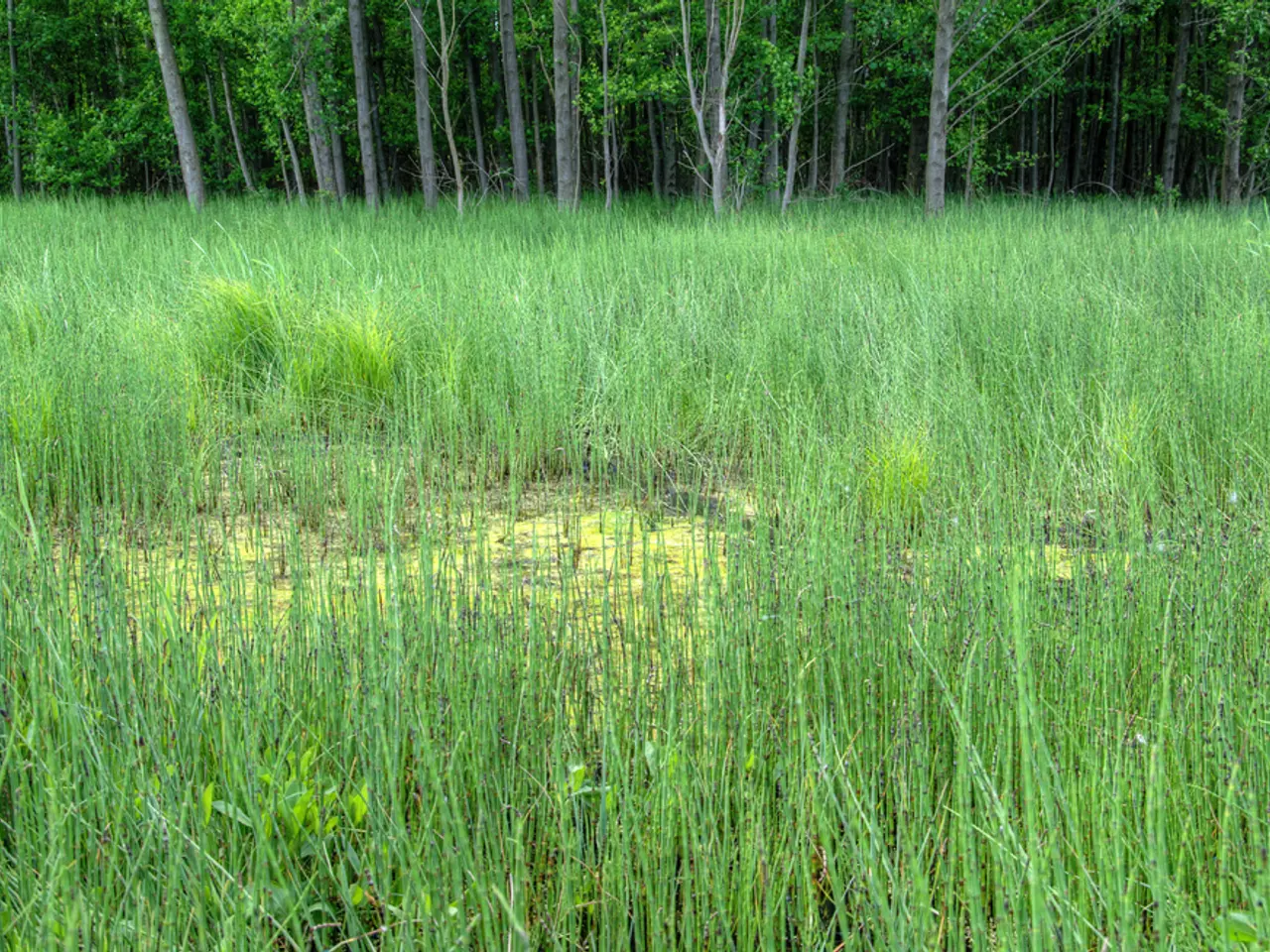Forest-Based Economy Thriving in Geauga County
Forest Industries in Geauga County, Ohio: A Closer Look
Geauga County, a picturesque region in northeastern Ohio, boasts a significant forested landscape that plays a vital role in the local economy. Despite limited specific data, general knowledge suggests that the forest industries in Geauga County contribute to the region's economy by supporting jobs in logging, milling, paper production, furniture manufacturing, and providing raw materials for other sectors.
In 2010, the forestry and logging industry in Geauga County employed 46 individuals, with a labor income of $2,291,429. The non-timber forest products production, such as maple syrup production, accounted for 22 jobs and a labor income of $1,349,834. The value-added in these sectors amounted to $2,257,810 and $4,783,208 in output, respectively.
The total forest land in Geauga County is approximately 120,000 acres, with 89.4% being privately owned. The forests contain 861 million board feet of sawtimber, with the top five species making up 50.9% of the total volume.
The economic impact of Geauga County's forest industries extends beyond employment and income generation. It also includes value-added and industrial output. In 2010, the total value-added in Geauga County's industries was $20,776,609, with the total industrial output amounting to $55,870,502.
For a comprehensive understanding of the economic impact of forest industries in Geauga County, it is recommended to consult reports from the Ohio Department of Natural Resources (ODNR), local economic development agencies or chambers of commerce in Geauga County, and forestry or agriculture extension services at Ohio State University.
For those interested in Geauga County's forest resources, the School of Environment and Natural Resources at The Ohio State University is a valuable resource. For local forestry resources and assistance, contacts can be made with the Ohio Division of Forestry, Ohio State University Extension, Geauga County, or the Geauga County Soil and Water Conservation District.
It is worth noting that in 2010, harvests from government lands were not included in Geauga County's forestland and forestland production data. For more detailed quantitative data such as employment numbers, revenue figures, or GDP contribution, it would be necessary to consult dedicated forestry economic impact studies or local government resources for Geauga County.
[1] Ohio Department of Natural Resources (ODNR) - https://www.dnr.ohio.gov/ [2] Geauga County Economic Development and Finance Corporation - https://www.geaugacounty.org/ [3] Ohio State University Extension - https://extension.osu.edu/ [4] School of Environment and Natural Resources at The Ohio State University - https://enr.osu.edu/ [5] Ohio Division of Forestry - https://forestry.ohiodnr.gov/ [6] Geauga County Soil and Water Conservation District - https://geaugaswcd.org/
- Geauga County's forest resources are not just a source of natural resources for industries like logging and milling, but also play a significant role in agriculture, with the production of non-timber products like maple syrup.
- To understand the full economic impact of forest conservation in Geauga County, it is essential to consider not only employment and income generation, but also value-added and industrial output.
- For those interested in the conservation and sustainable management of Geauga County's forest resources, resources such as the Ohio Division of Forestry, Ohio State University Extension, Geauga County Soil and Water Conservation District, and the School of Environment and Natural Resources at The Ohio State University can provide valuable information and assistance.




